iPhone Xr vs. iPhone 8 Plus: Here's What's New
The iPhone Xs may look very familiar to last year’s iPhone X, but the replacement for the iPhone 8 and 8 Plus is anything but a rehash. Here's everything new the iPhone Xr brings to the table.
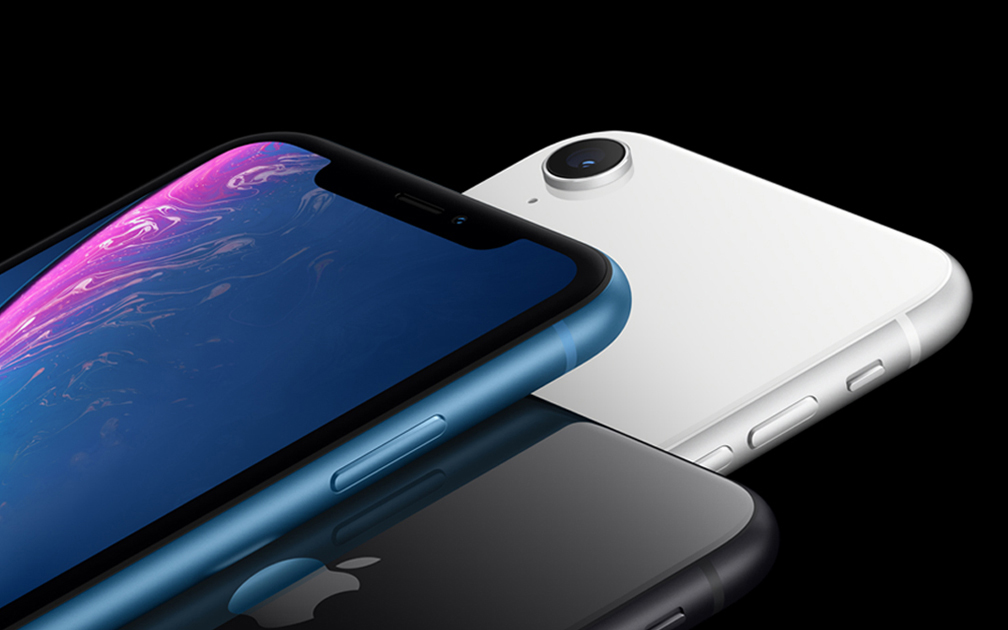
The iPhone Xs may look very familiar to last year’s iPhone X, but the replacement for the iPhone 8 and 8 Plus is anything but a rehash.
The $749 iPhone Xr represents Apple’s entry-level handset for 2018, but it carries a design similar to last year's $999 flagship as well as its Face ID authentication system. Of course, Apple has had to make some concessions to hit that lower price point: the 6.1-inch form-fitting display is LCD rather than OLED, the bezels are a little bit chunkier and there’s only one camera lens on the back.
However, the iPhone Xr still represents a sizable upgrade over the 5.5-inch iPhone 8 Plus, while starting at an even cheaper price point than the $799 that phone cost when it initially released. Here’s how the two devices stack up.
Design
The iPhone Xr emulates the look of the iPhone X, but isn't exactly a copycat. For starters, the 6.1-inch LCD screen doesn't quite consume as much of the face of the device as the 5.8-inch OLED panel in the iPhone X. However, compared to the iPhone 8 Plus, the difference is night and day.
There's no forehead and chin (please excuse the notch), and longtime iPhone users may lament the lack of a home button and Touch ID fingerprint sensor. From here on out, it figures to be all gesture controls, all the time. An oversized sleep/wake button on the right edge can be long-pressed to launch Siri.
MORE: Apple Unveils iPhone XS and Massive iPhone XS Max
Around the back, there's a single camera lens in the upper-left corner, and that's really about it. The panel is still constructed from glass to enable wireless charging, though Apple is thankfully expanding the choices of colors with the iPhone Xr. Black, white, yellow, red, blue and coral will be on offer, giving the new entry-level model the widest selection of colors since the iPhone 7 and 7 Plus.
Sign up to get the BEST of Tom's Guide direct to your inbox.
Get instant access to breaking news, the hottest reviews, great deals and helpful tips.
Display
We're looking at a significant jump from the 5.5-inch iPhone 8 Plus' display to the monster 6.1-inch Liquid Retina panel in the iPhone Xr. But aside from the size difference, the display quality shouldn't be massively different. Both phones are powered by LCD technology and support True Tone to shift white balance to suit ambient light.
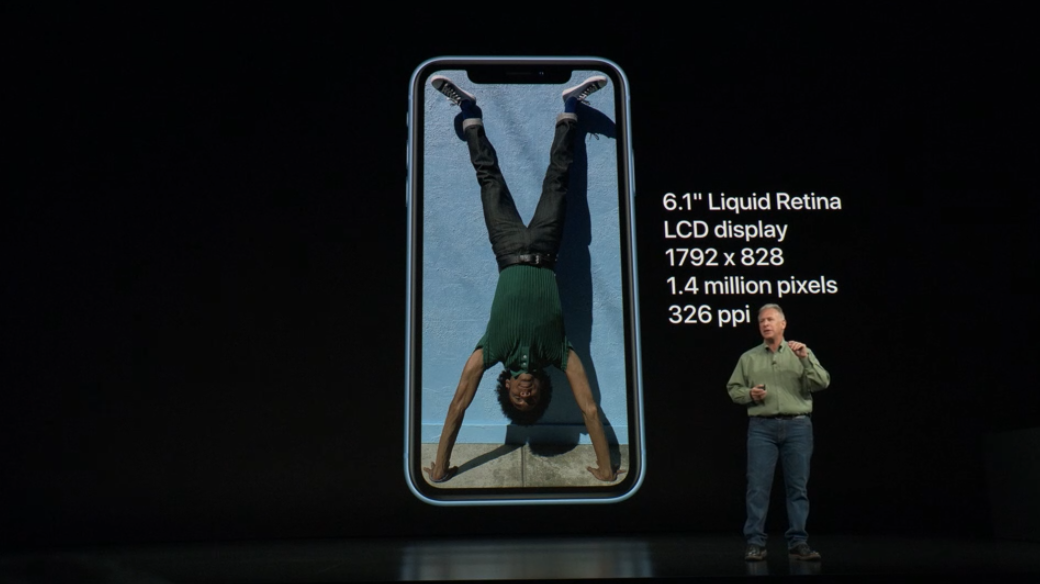
The LCD panel helps the iPhone Xr hit a lower price point, but comes at the expense of color saturation. LCD displays can't reach quite the same intense hues as their OLED counterparts, nor can they achieve the same pitch blacks, because the entire pixel array must be backlit at all times. That's a limitation OLED doesn't face, though if you're accustomed to the way things look on an iPhone 8, iPhone 7 or earlier, you won't really know what you're missing. Nevertheless, Apple is adamant that this is the most advanced LCD display the company has ever shipped.
Surprisingly however, there's one area in which the iPhone Xr's screen will be inferior to its predecessor's — the lack of 3D Touch. Apple has seemingly removed the pressure sensing technology this go around, and depending on the rumors you read, it may never return. This decision may be a frustrating one for power users. 3D Touch may not have taken off quite in the way that Apple hoped, but it is a dead-simple and intuitive solution to increase iOS' versatility that none of Apple's competitors have an answer to, and we're sad to see it go.
Cameras
The iPhone Xr features a new 12-megapixel camera with a larger sensor, larger pixels, optical image stabilization and an f/1.8 lens. Spec-wise, you won't notice any differences on paper compared to the iPhone 8 Plus' primary wide-angle camera — because most of the changes are enabled by the new A12 Bionic processor.
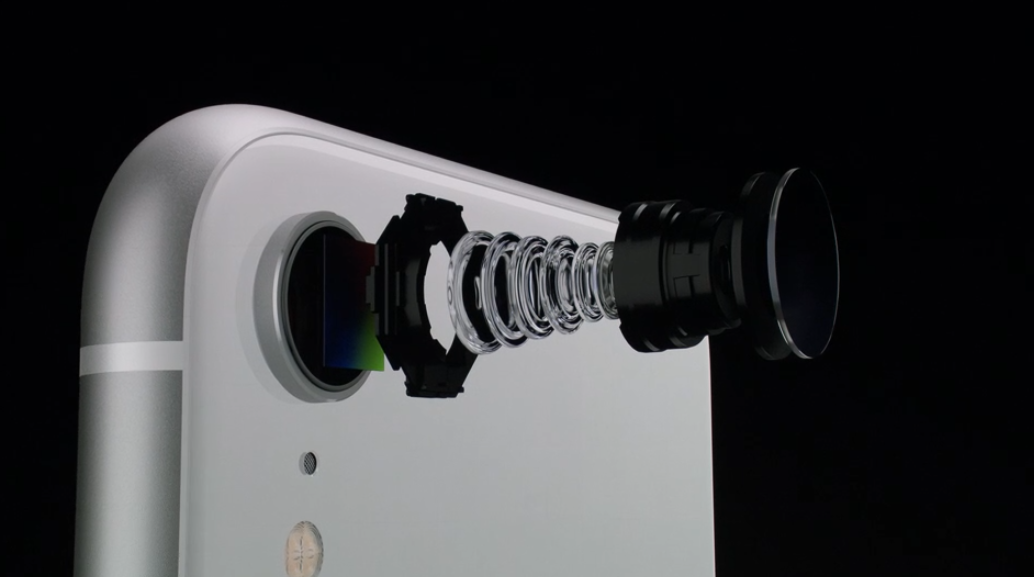
The extra power from the revised image signal processor enables a feature Apple calls Smart HDR. Think of this as typical HDR, but on an even greater scale. When you press the shutter button, the camera actually takes a multitude of shots at various exposures, while using the neural engine's prediction capabilities to capture some of the images before you hit the shutter, to prevent lag.
You'd expect that the iPhone Xr's single-lens camera system means shallow depth-of-field portraits still aren't possible on this model. However, Apple is now using software to enable bokeh effects only using that one lens, similar to how Google pulls it off with the Pixel 2. And just like the iPhone Xs and Xs Max's Portrait Mode, the depth can be adjusted after snapping the shot.
Performance
The iPhone Xr trades the iPhone 8 Plus' A11 Bionic chipset for a newer, faster A12 Bionic. The A12 Bionic is built on a 7-nanometer process — a world first — which allows it to run quicker while consuming less power. The chip is composed of six cores: two high-performance cores that are up to 15 percent faster than those of the A11, and four efficiency cores. Apple says the A12 Bionic can launch apps in up to 30 percent less time than its predecessor.
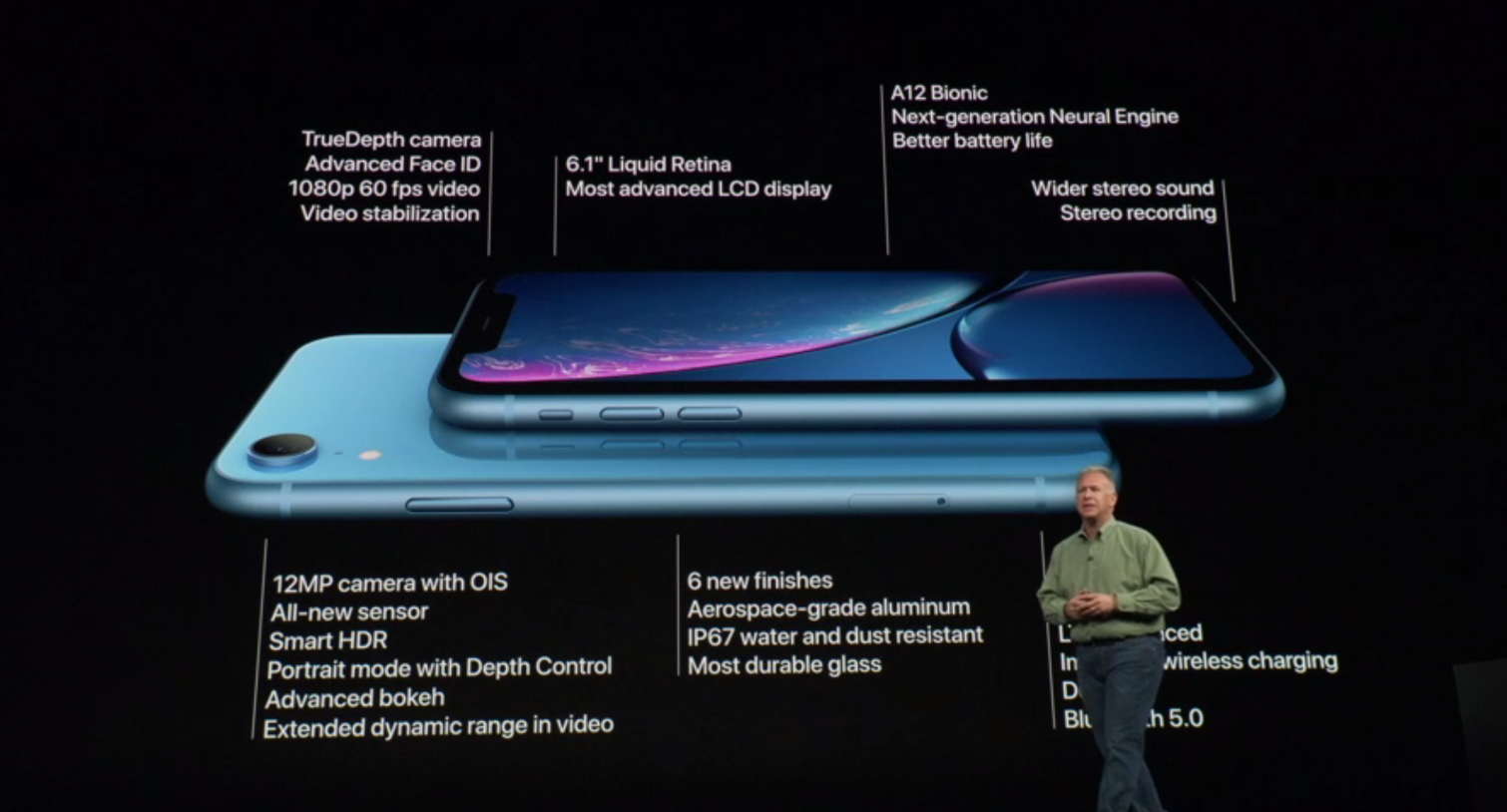
The A12 Bionic also includes a new neural engine, capable of conducting exponentially more operations per second than the A11's neural engine. This will improve tasks that involve machine learning, from Face ID unlocking to curating media in the Photos app. The A11 Bionic was certainly no slouch, but the improved AI capabilities of the new chipset make it better prepared for next-generation apps using machine learning to greater effect.
Apple also claims the iPhone Xr will last up to an hour and a half longer throughout a day of use compared to the iPhone 8 Plus.
Value
The iPhone Xr starts at $749 for 64GB of storage, and will be available for pre-order beginning Oct. 19. Retail sales start Oct. 26, and the phone will also be offered in 128GB and 256GB configurations.
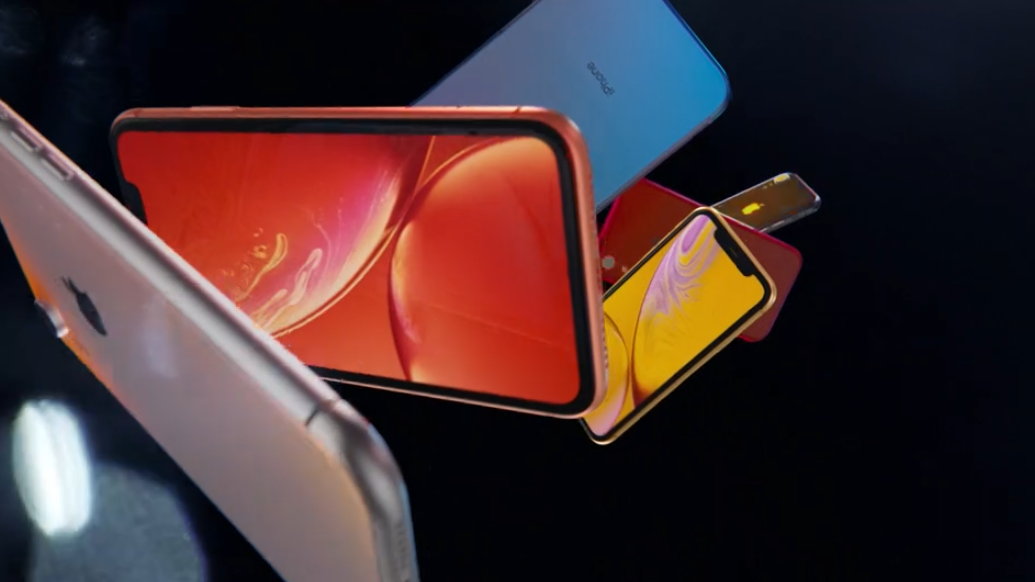
That's just $50 more than the now-$699 iPhone 8 Plus with 64GB of storage. For that added expense, users get a screen that's 0.6 inches larger, as well as significantly improved performance and photo-taking abilities. It sounds like a pretty good deal, though the iPhone Xr's contentious design, lack of fingerprint recognition and 3D Touch may be off-putting to some.
Outlook
The iPhone Xr looks to be a better value across the board than the iPhone 8 Plus, as it's launching at a price that is only $50 more expensive than the just-discounted iPhone 8 Plus, yet benefits from a more powerful processor that can conduct real-time machine learning, an improved single camera that can still handle portraits, and Face ID at a cheaper cost than ever before. However, for our full impressions, you'll want to keep your eyes peeled for a review of the iPhone Xr coming soon.
This story is developing.
Photo Credit: Apple
Adam Ismail is a staff writer at Jalopnik and previously worked on Tom's Guide covering smartphones, car tech and gaming. His love for all things mobile began with the original Motorola Droid; since then he’s owned a variety of Android and iOS-powered handsets, refusing to stay loyal to one platform. His work has also appeared on Digital Trends and GTPlanet. When he’s not fiddling with the latest devices, he’s at an indie pop show, recording a podcast or playing Sega Dreamcast.
-
ckpltn In my opinion, the iPhone 8 Plus is actually a much better value due to a couple factors overlooked in this article. For one, the display on the iPhone 8 Plus is a higher resolution with a greater dpi, providing a sharper picture and allowing native playback of 1080p content. The iPhone XR, due to its lower resolution screen, will not be able to playback full HD content in it’s native resolution. In addition to this, the iPhone 8 Plus will provide better quality photographs as it contains dual lenses, allowing for optical zoom. If you ever zoom in while taking a photo, the iPhone 8 Plus will be infinitely better.Reply
It is true that the iPhone XR contains a better processor, however, the A11 processor contained in the iPhone 8 Plus is more than adequate for today’s applications and it is doubtful a regular user would notice any real-world differences.
It really comes down to what you are looking for in a phone as to which is a better value.
If you are looking for a phone with, on average, better specifications, then the iPhone 8 Plus is a much better deal. You are getting a higher resolution display, a better camera, 3D Touch, and a faster method of unlocking your phone using the fingerprint scanner. All of this, and it’s cheaper than the iPhone XR.
